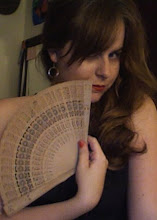1.
What were the average shot lengths (ASLs) for the following periods?
1920s-4 to 6 seconds
1930-1960-8 to 11
Mid-1960s-6 to 8
1980s- 4 to 7
2000 (“by century’s end”)- 3 to 6
2.
How were wide angle (short) lenses used after 1970? To provide looming close-ups, expansive establishing shots, views inside cramped quarters, and medium shots with strong foreground/background interplay.
3.
How were telephoto (long) lenses used after 1970? They were employed for close-ups, rack focuses and to emphasize a wipe-by cut. (as in Jaws).
4.
Why did filmmakers start mixing long and short lenses within scenes? Filmmakers began mixing lens lengths because they appreciated the advantages of longer lenses but wanted to maintain the atmosphere of deep-space shooting.
5.
Why have filmmakers moved away from plan americain staging and lengthy two-shots? Filmmakers moved away from plan americain staging because using over the shoulder shots and singles allow the director to vary the pace during editing and to pick the best bits of an actor's performance.
Subscribe to:
Post Comments (Atom)

1 comment:
Re: #5: Also understand the point about unnecessary redundancies in establishing shots.
Look at the p. 147 quote if you get a chance.
Post a Comment